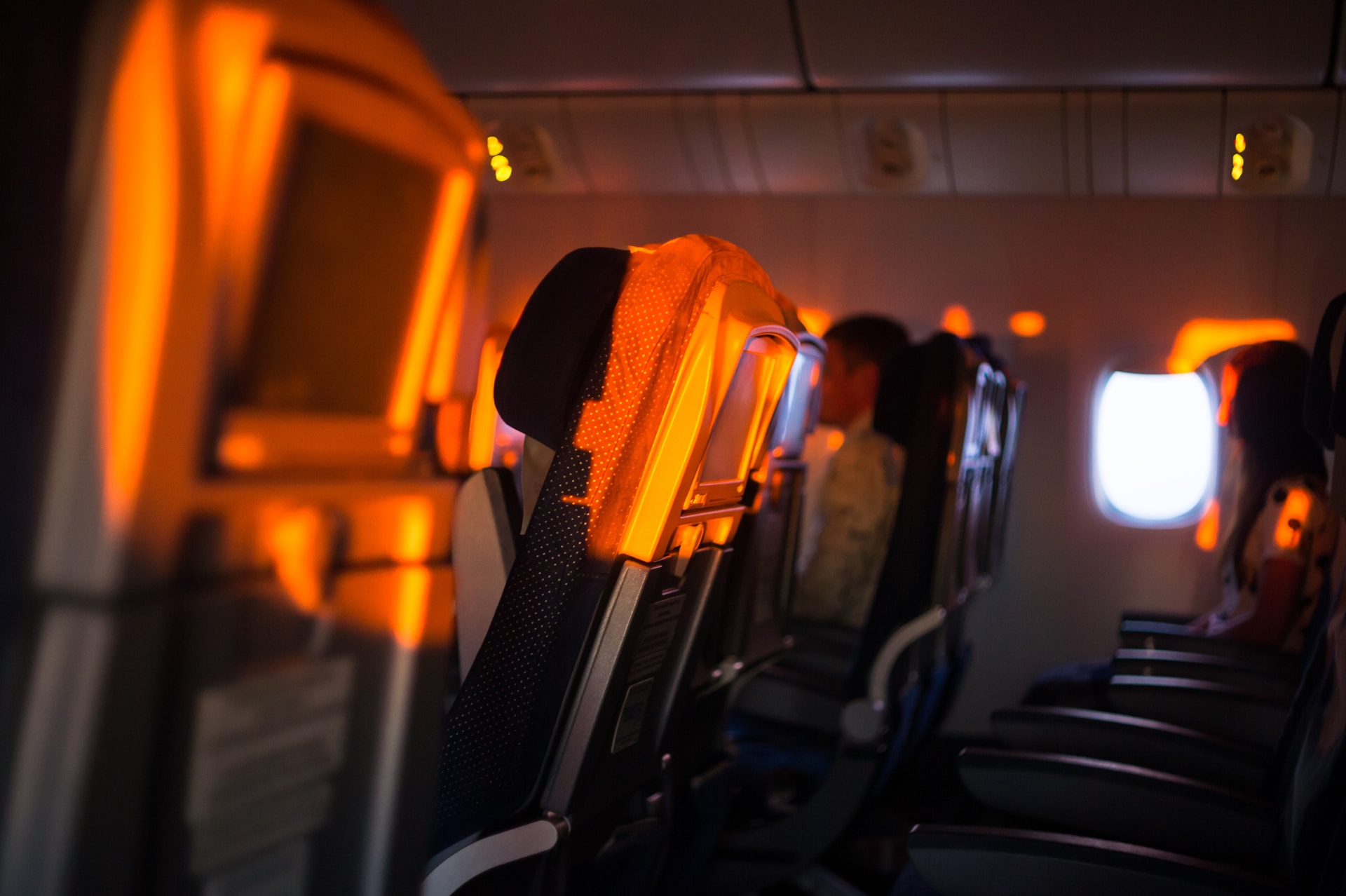Airlines are acutely aware of the fact that most people find flying (and the whole airport process) to be a hassle at very best. In their attempt to make the security process faster, more efficient and dare I say even safer, many airlines are turning to new technologies to alleviate their customer’s frustrations and concerns. If you’re an avid flyer and you’re curious as to what’s coming soon to an airport near you, take a look at these 5 new screening technologies and procedures.

1. 3D checkpoint scanning
With the use of specialized CT scanning machines, TSA officers will be able to get a three-dimensional, detailed and rotatable viewing of passenger’s bags for more thorough screenings. This will help keep everyone onboard safer; weapons and other illegal items will be detected with more accuracy thanks to the three-dimensional imagery. On top of keeping fliers safe, this is also great news for those that were impacted by the recent laptop ban. Once 3D scanning is implemented nation-wide, passengers will be able to safely pack their laptops and even carry liquids on-board again since security officers will be able to get a clearer view of your packed items. This exciting technology is being tested in a handful of airports right now with plans to roll out more of these smart machines in the coming months.
2. Automated screening lanes
The days when you had to get to the airport 3 hours early just to spend 2 of those hours in line for security are about to disappear. New automated screening lanes are still in the testing phase, with JFK airport in New York City being the first to try these new devices, but TSA is pushing to collaborate with more airports in the near future to help reduce manpower and wait-times at the security checkpoints. By automating what used to be done manually by TSA employees, passengers can expect an improved screening process with drastically shortened wait times on future flights.
3. New larger electronic items screening process
The laptop ban that was implemented a few months ago created quite the frenzy with business travelers, and now TSA is creating a new electronic screening process in an aggressive move to ensure continued passenger safety. Airports will be requiring all electronics larger than a cellphone to be screened separately from the rest of a passenger’s luggage for any hazardous components. Although it’s a minor inconvenience, this procedure is a step in the right direction as far as safety is concerned. And don’t panic that this will make your long wait even more tedious; early reports show that this new process is not holding up wait-time at all.
4. Fingerprint boarding pass/identity document
Fingerprint boarding is soon to leap off the page of a science fiction book and into an airport near you. Currently, in the testing process, airports are looking into technologies that will allow travelers to scan their fingerprint to access their boarding pass and TSA agents to verify identities easily and effortlessly. Participation is entirely voluntary and all fingerprints are deleted immediately after collection, so the threat to passengers is minimized on all fronts with this new technology. And if the testing phase goes well, this could help automate the entire airport process by allowing passengers access to different security checkpoints just with their fingerprints.
5. Facial Recognition Board Pass (Jet Blue)
If fingerprint boarding doesn’t sound quite “space-age” enough for you, check out Jet Blue’s new Facial Recognition technology. Using face scanners will completely eliminate the need for a boarding pass and reduce the likelihood that any nefarious evil-doers board your plane. It would speed up the security process, as well, since the security process would be as simple as taking your picture. Delta is currently using similar technology for their baggage claim kiosks, but Jet Blue’s initiative won’t be unveiled in airports just yet. Privacy concerns abound with cries that the government will use this technology against us and the accuracy of the technology needs to be fine-tuned to avoid mismatches. But, despite those minor setbacks, this technology is well on its way to hitting the market so expect to smile at the camera and say “cheese” on your next flight!



